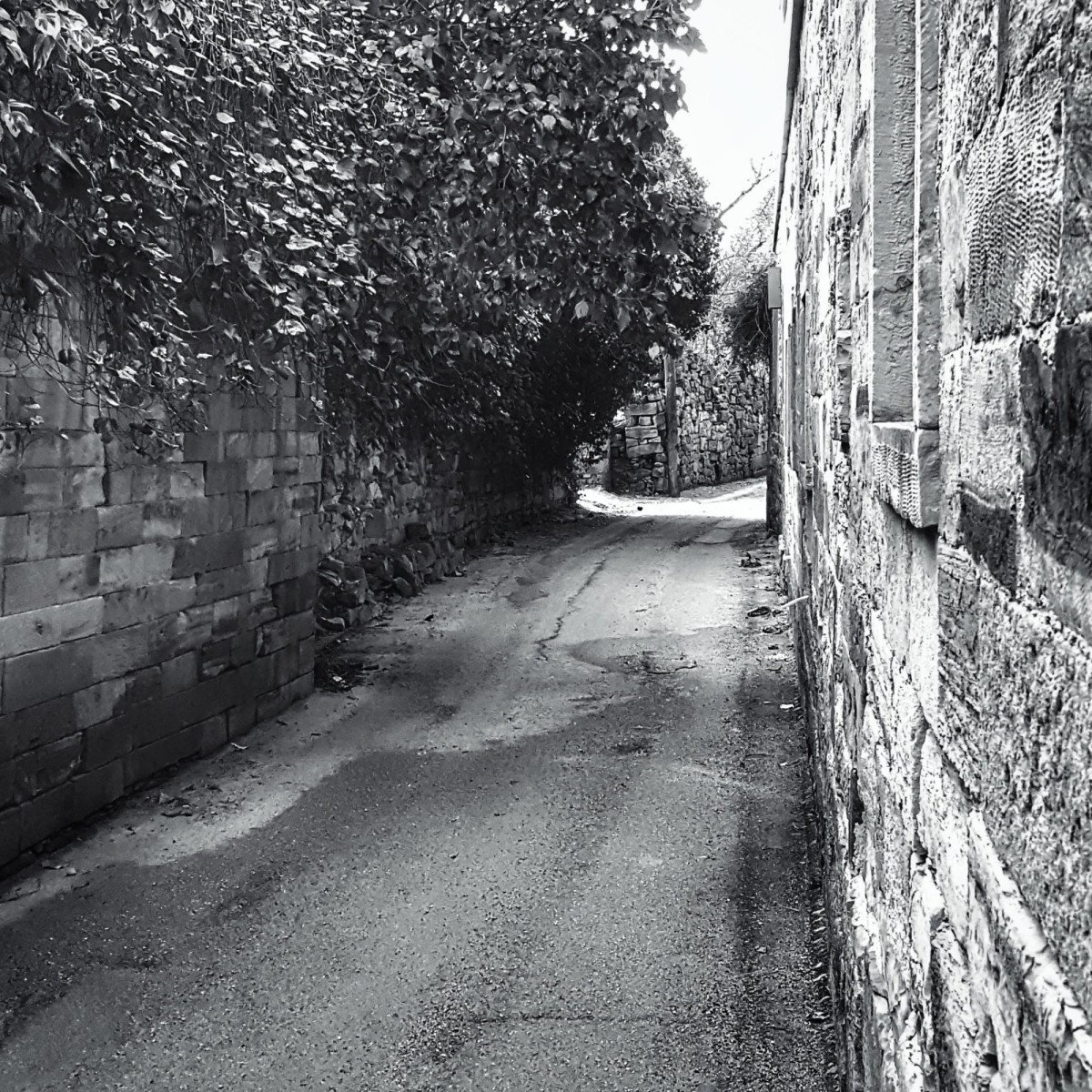I’ll never forget that one sun-drenched afternoon, camera in hand, watching the world through my lens like the stage of humanity in action. Can you recall that surge of adrenaline when you’ve lined up the perfect shot, your heart syncing with the shutter’s click?
It’s a feeling quite unlike any other. A tiny piece of the universe immortalized, its story captured in frozen pixels. But what if those ‘pixels’ involve unsuspecting strangers, or the streets become your studio without consent? According to a model-photographer consent blog article from Rent A Photo Studio, such instances aren’t too far from many photographers’ realities.
Street Photography: The Art of Candid Moment
Street photography, or the act of documenting human life in public spaces, teeters on ethical tightropes. ‘Is it street art or a privacy violation?’ It whispers, tossing a metaphorical coin between the rights of subjects and photographers.
‘Got a good shot there?’ A fellow photog asked me once. ‘Sure did, I suppose…’ I replied, growing uneasy about the grey lines growing darker. We were out in the city, lenses hunting for expressions and scenarios, forgetting for a moment, perhaps, the people behind them.
Street photography thrives on organic emotions and raw slices of life, giving it a unique, almost voyeuristic appeal. Yet, it’s essential we remain cognizant of when to step back, respect the personal space we may inadvertently invade.
Framing the Equation: Privacy vs. Art
‘Every choice has consequences, doesn’t it?’ I mused, that day on the pavement, staring at a picture of a woman deep in thought. Was it my right to capture her pensive solitude? And where does this leave us with regard to street photography’s ethical conundrums?
When creating art, how do we balance the equation between privacy and passion, careful not to reduce the subjects to mere props in our photographic narrative? It’s a question tangled in moral ambiguity, no ‘one-size-fits-all’ answer.
It’s like exploring uncharted territories, the ethical guidelines of street photography require navigation with caution, understanding, and most importantly, respect. While the public space might seemingly render privacy obsolete, the flip side isn’t entirely void of ethical considerations.
Cautious Clicks: The Way Forward
So, how does one tread this tricky path without stifling the creative concert driving street photography? ‘It’s all about perspective, isn’t it?’ A wise friend once told me, and isn’t that the true essence of photography itself? With ethical guidelines often subjective, often the responsibility rests with photographers to frame these perspectives conscientiously.
Treat every click as a silent conversation – consent, even non-verbal, can make a difference. Recognize that you’re there as an observer, not an intruder, respecting the individuals that form the backdrop of your street story. Let minimalism guide you – suggests my conscience. Simple, respectful, ethical.
So, as the city’s streets beckon with their kaleidoscope of human life, remember to wield your camera with consciousness. And every now and then, ask yourself, ‘Pix or it didn’t happen?’ Or ‘Pix because it matters… ethically?’
We can’t shy away from the uncomfortable questions marking this art form’s ethical labyrinth. But what we can do is engage, explore and evolve, with every click leading us closer to the balance between the art of capturing and ethical understanding.


0 Comment